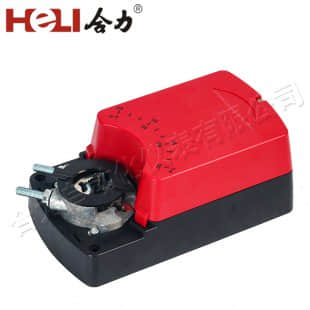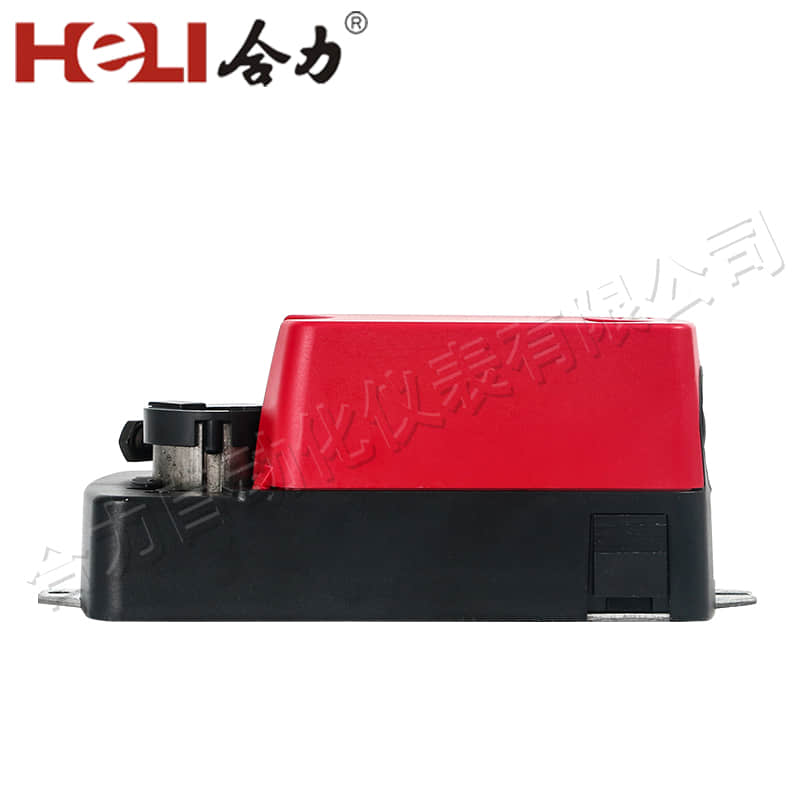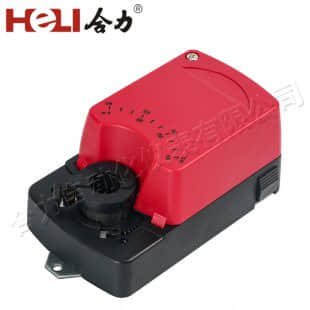Damper actuator, often referred to as an air damper actuator or damper drive, plays a crucial role in modern HVAC (Heating, Ventilation, and Air Conditioning) systems. It is a device designed to control the opening and closing of dampers, which are used to regulate airflow within a building. In this article, we will delve into the functionality, components, and various applications of the damper actuator.

Functionality of the Damper Actuator

The primary function of the damper actuator is to control the position of the damper, which in turn controls the flow of air. This is achieved by converting electrical signals into mechanical motion, allowing precise adjustment of the damper’s opening or closing. The actuator can be operated either manually or automatically, depending on the system requirements. Components of the Damper Actuator Motor: The motor is the heart of the damper actuator. It converts electrical energy into mechanical energy, driving the actuator’s movement. Transmission Device: This component converts the motor’s rotary motion into linear motion, which is necessary to open or close the damper.
